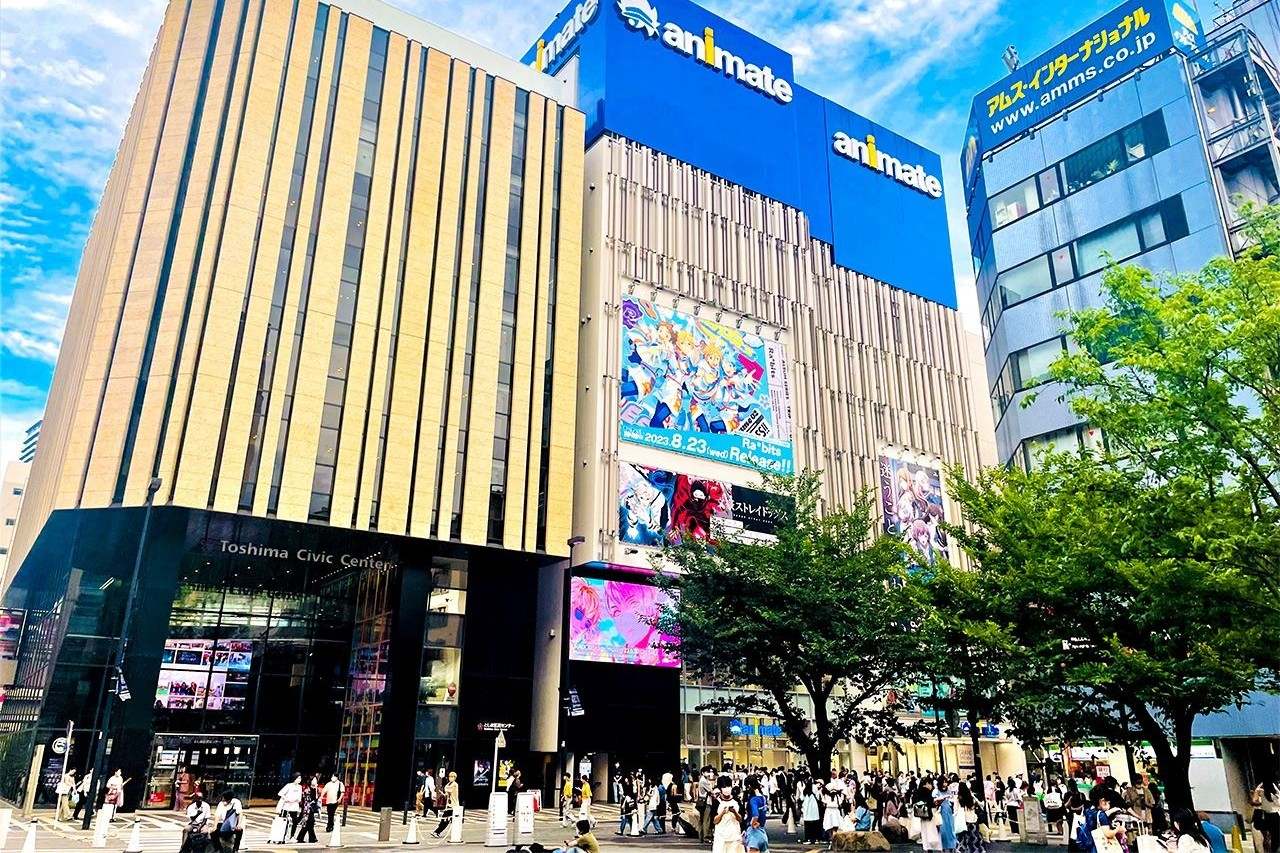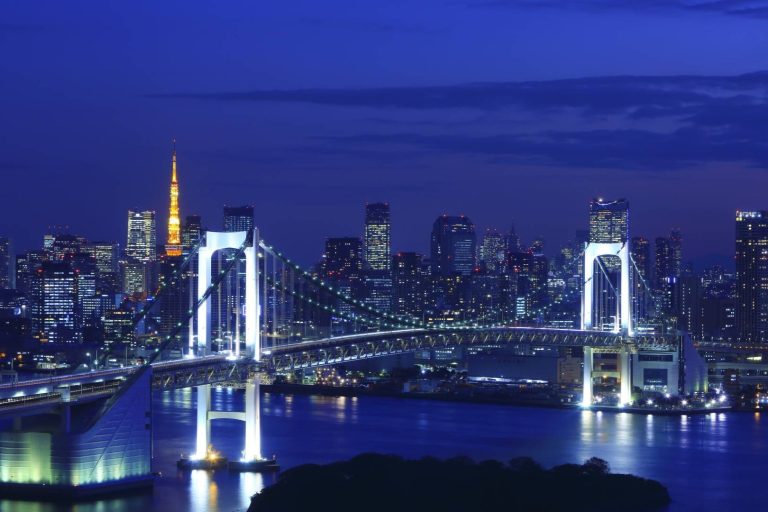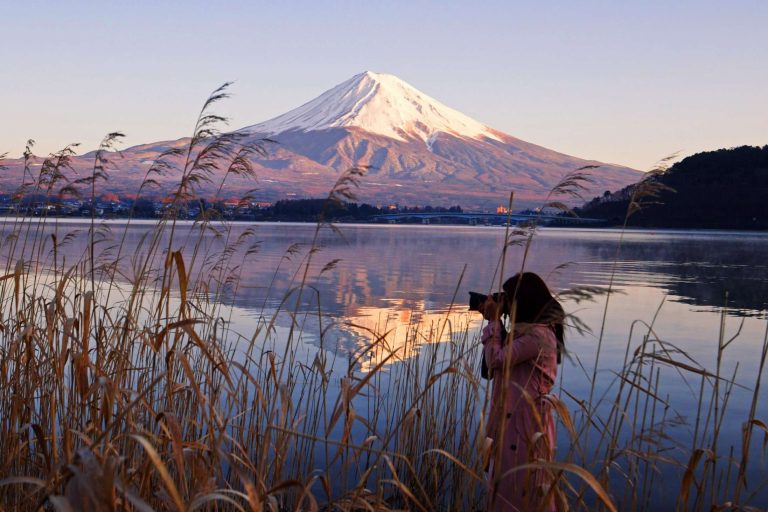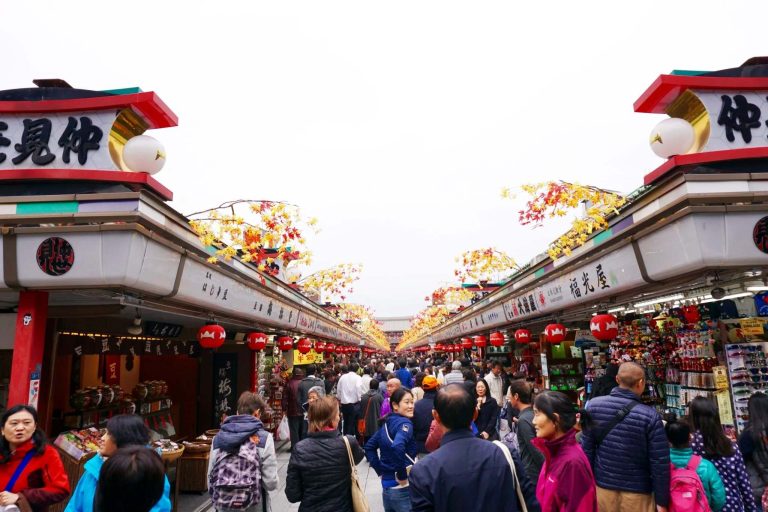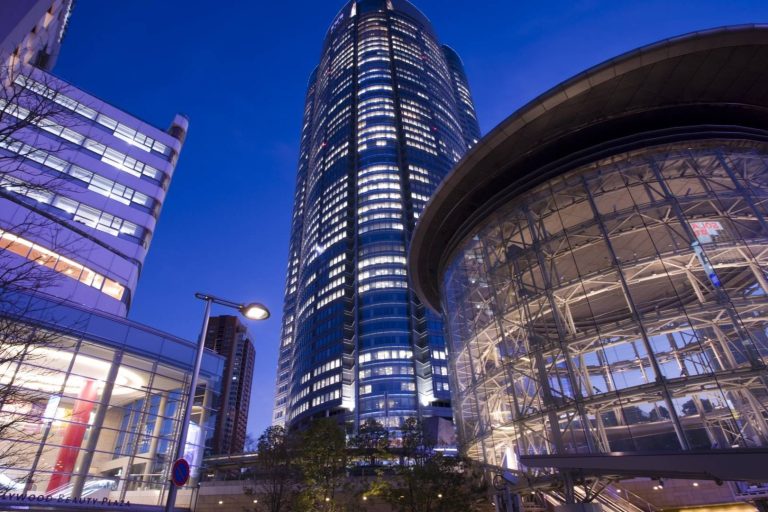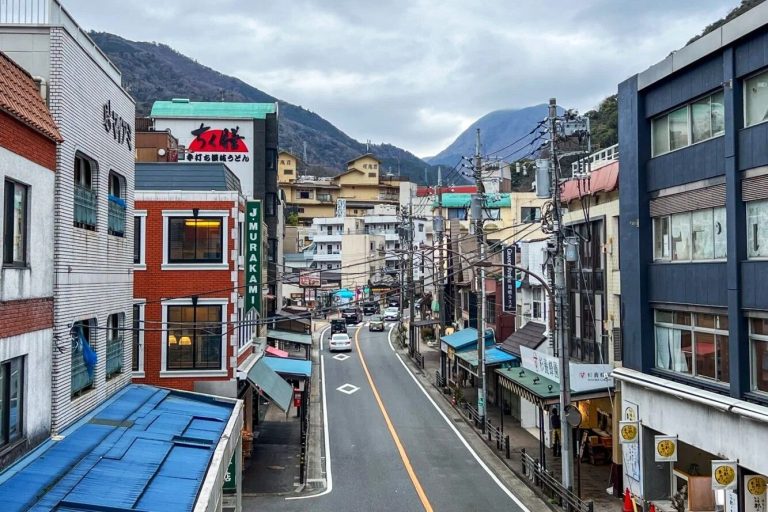Overview of Ikebukuro
Ikebukuro stands as one of Tokyo’s most vibrant commercial districts, pulsing with energy from morning until late night. This bustling area has evolved into a major destination that seamlessly blends traditional Japanese culture with modern entertainment, making it a must-visit location for both locals and international travelers.
The district’s appeal lies in its incredible diversity. Within walking distance, you can find towering department stores, cozy themed cafes, cutting-edge electronics shops, and peaceful art galleries. This unique combination creates an atmosphere where every visitor can find something that matches their interests, whether they’re seeking the latest anime merchandise or high-end fashion.
Introduction to Ikebukuro
The name Ikebukuro literally means “pond bag,” referencing the historical ponds that once dotted this area. Today, those natural features have given way to a concrete jungle of skyscrapers, shopping centers, and entertainment complexes. The transformation began in earnest during the post-war reconstruction period, when major railway companies invested heavily in developing the area around the station.
What makes Ikebukuro particularly special is its role as a cultural crossroads. Unlike the luxury focus of Ginza luxury shopping and dining or the youth-oriented energy of Harajuku fashion and culture, Ikebukuro offers something for everyone. Families can enjoy aquarium visits, young adults can explore otaku culture, and business travelers can find efficient transportation connections.
Importance of Ikebukuro Station
Ikebukuro Station serves as the beating heart of this district, functioning as one of Japan’s most critical transportation hubs. The station connects multiple railway lines, including JR Yamanote Line, JR Saikyo Line, and several private railway companies like Tobu and Seibu. This connectivity makes it incredibly easy to reach other popular destinations throughout the Tokyo metropolitan area.
The station’s design reflects its importance, with multiple levels, numerous exits, and clear signage in both Japanese and English. Each exit leads to different areas of the district, allowing visitors to plan their routes efficiently based on their intended destinations.
Key statistics about passenger traffic
Daily passenger traffic at Ikebukuro Station exceeds one million people, making it one of the world’s busiest railway stations. This massive flow of commuters and tourists creates a dynamic environment where businesses thrive and new trends emerge regularly. Peak hours see incredible crowds, but the station’s efficient design and helpful staff ensure smooth movement throughout the complex.
The high traffic volume also means that shops and restaurants stay open later than in many other areas, with some establishments operating until midnight or beyond. This extended schedule makes Ikebukuro an excellent choice for evening entertainment and late-night shopping.
Exploring Sunshine City
Sunshine City represents one of Japan’s pioneering mixed-use developments, combining shopping, dining, entertainment, and office space in a single massive complex. Built on the former site of Sugamo Prison, this towering structure has become an iconic part of the Ikebukuro skyline and a destination in its own right.
The complex’s design prioritizes visitor experience, with wide corridors, clear directional signage, and comfortable rest areas throughout. Recent renovations have added modern touches while maintaining the building’s distinctive character. The integration of sustainability initiatives and family-friendly facilities demonstrates the management’s commitment to creating a welcoming environment for all visitors.
Overview of Sunshine City
Sunshine City opened in 1978 as Japan’s first major urban redevelopment project, setting the standard for future mixed-use complexes throughout the country. The centerpiece Sunshine 60 building held the title of Asia’s tallest building for several years, and its observation deck still offers spectacular views of Tokyo and, on clear days, Mount Fuji.
The complex spans multiple buildings connected by underground passages and elevated walkways, creating a self-contained environment where visitors can spend entire days without stepping outside. This design proves particularly valuable during Tokyo’s hot summers and rainy seasons.
Main attractions within Sunshine City
The Sunshine Aquarium stands out as one of the complex’s most popular attractions, featuring innovative exhibits that seem to float in the sky. The aquarium’s rooftop location creates unique viewing experiences, including the famous sky penguins exhibit where visitors can watch penguins swimming overhead against the Tokyo skyline.
Namja Town, an indoor theme park, offers a nostalgic journey through Japanese culture with recreated streetscapes from different eras. The park features games, food courts specializing in regional Japanese cuisine, and character-themed attractions that appeal to visitors of all ages. The planetarium provides a peaceful escape with cutting-edge projection technology that creates immersive astronomical experiences.
Family-friendly facilities and services
Sunshine City excels in accommodating families with children through thoughtfully designed facilities and services. Nursing rooms are strategically located throughout the complex, equipped with comfortable seating, changing tables, and bottle warming facilities. Stroller rental services make it easy for families traveling without their own equipment to navigate the large complex comfortably.
Child-friendly restaurants offer special menus and seating arrangements, while play areas provide safe spaces for children to burn energy between shopping and sightseeing activities. The complex also maintains partnerships with local childcare services for parents who need temporary supervision while handling business or enjoying adult-oriented entertainment.
Shopping in Ikebukuro
Ikebukuro’s shopping scene reflects the district’s diverse character, offering everything from massive department stores to tiny specialty shops tucked away in basement levels. The area’s unique position as both a major commercial center and a cultural hub creates shopping opportunities that you won’t find elsewhere in Tokyo.
The district’s shopping landscape continues evolving, with new stores opening regularly while established retailers adapt to changing consumer preferences. This dynamic environment ensures that repeat visitors always find something new to discover, whether it’s the latest fashion trends or unique Japanese products.
Department stores and flagship shops
Tobu Department Store and Seibu Department Store face each other across the station plaza, creating a friendly rivalry that benefits shoppers through competitive pricing and exclusive merchandise. These massive stores offer comprehensive shopping experiences, from basement food courts featuring regional specialties to rooftop gardens where visitors can relax between purchases.
Bic Camera and Yamada Denki operate flagship locations that showcase the latest in Japanese technology and electronics. These stores go beyond simple retail, offering hands-on demonstrations, technical support, and export services for international visitors. The knowledgeable staff can explain product features and help customers choose items that will work in their home countries.
Specialty stores and unique finds
Ikebukuro’s side streets and underground passages hide countless specialty stores that cater to specific interests and hobbies. Vintage clothing shops offer carefully curated selections of both Japanese and international fashion from different eras. Bookstores specialize in manga, light novels, and art books that are difficult to find elsewhere.
Craft and hobby stores provide supplies for traditional Japanese arts like calligraphy and origami, as well as modern pursuits like model building and cosplay creation. Many of these shops offer beginner-friendly starter kits and instructional materials in multiple languages.
Themed shopping experiences
Otome Road has gained international recognition as a shopping destination that primarily caters to female otaku culture. Unlike the male-oriented electronics and anime focus of Akihabara electronics and anime, this area specializes in manga, anime, and games that appeal to women and girls. The shops along this street offer merchandise from popular series, cosplay accessories, and themed cafes where fans can immerse themselves in their favorite fictional worlds.
The themed shopping experience extends beyond otaku culture, with stores dedicated to specific lifestyle concepts like minimalism, sustainability, or traditional Japanese aesthetics. These carefully curated retail spaces offer more than just products; they provide inspiration and education about different ways of living.
Dining and Entertainment
Ikebukuro’s dining scene mirrors the district’s international character, offering cuisines from around the world alongside traditional Japanese options. The area’s high foot traffic and diverse visitor base have created a competitive restaurant market where quality and innovation thrive.
Entertainment options range from high-tech gaming centers to intimate live music venues, ensuring that visitors can find activities that match their interests and energy levels. The district’s late-night culture means that many entertainment venues stay open well past midnight, making it an excellent destination for evening adventures.
Restaurants and cafes in Sunshine City
Sunshine City’s restaurant floors offer an impressive variety of dining options, from casual family restaurants to upscale establishments with city views. The food courts feature both Japanese regional specialties and international cuisines, allowing visitors to sample different flavors without committing to full meals.
Many restaurants within the complex offer special lunch sets and early dinner promotions, making it possible to enjoy high-quality meals at reasonable prices. The variety ensures that dietary restrictions and preferences can be accommodated, with vegetarian, halal, and allergen-free options clearly marked.
Cultural dining experiences
Traditional Japanese restaurants in Ikebukuro provide authentic experiences that go beyond just food, incorporating elements of hospitality, presentation, and seasonal awareness that define Japanese culinary culture. These establishments often feature private dining rooms where guests can enjoy meals in a more intimate setting.
Themed restaurants and cafes offer unique dining experiences that combine food with entertainment or education. Some establishments recreate historical Japanese settings, while others focus on specific aspects of pop culture or traditional crafts.
Entertainment venues and activities
Karaoke boxes throughout the district offer private rooms where groups can sing, eat, and socialize in a comfortable environment. Many venues provide extensive song libraries in multiple languages, making them accessible to international visitors who want to experience this quintessentially Japanese entertainment form.
Gaming centers feature the latest arcade games, including rhythm games, fighting games, and prize-winning machines that are popular throughout Japan. These venues often stay open late and provide a social environment where people can meet others who share similar interests.
Cultural Attractions
Ikebukuro’s cultural offerings provide depth beyond its commercial appeal, showcasing both traditional Japanese arts and contemporary creative expressions. These attractions offer visitors opportunities to engage with Japanese culture on multiple levels, from passive observation to active participation.
The district’s cultural venues regularly host special exhibitions and events that highlight different aspects of Japanese and international arts. This dynamic programming ensures that repeat visitors can always find new cultural experiences to enjoy.
Tokyo Metropolitan Art Space
The Tokyo Metropolitan Art Space serves as one of Japan’s premier performing arts venues, hosting opera, ballet, classical music concerts, and theatrical productions throughout the year. The building’s distinctive architecture makes it a landmark in its own right, with multiple performance halls designed for different types of productions.
The venue’s commitment to accessibility includes programs for people with disabilities, student discounts, and educational outreach that introduces young people to classical performing arts. Pre-performance talks and post-show discussions help audiences deepen their understanding and appreciation of the productions.
Otome Road and otaku culture
Otome Road represents a unique cultural phenomenon where female fans of anime, manga, and games have created their own commercial and social space. This area challenges traditional assumptions about otaku culture while providing a welcoming environment for people to express their interests openly.
The shops along Otome Road offer merchandise, books, and experiences that are difficult to find elsewhere, making it a pilgrimage destination for fans from around the world. The area’s cafes and event spaces regularly host fan gatherings, book signings, and themed events that bring communities together.
Art exhibitions and events
Galleries throughout Ikebukuro showcase work by both established and emerging artists, with exhibitions that range from traditional Japanese arts to cutting-edge contemporary installations. Many venues offer artist talks, workshops, and guided tours that provide deeper insights into the creative process.
Seasonal festivals and cultural events transform public spaces throughout the district, creating temporary art installations and performance opportunities that engage with the broader community. These events often incorporate elements of traditional Japanese culture while addressing contemporary themes and concerns.
Transportation and Accessibility
Ikebukuro’s excellent transportation connections make it one of the most accessible destinations in Tokyo, with multiple railway lines converging at the central station. The district’s layout and infrastructure accommodate visitors with different mobility needs and travel preferences.
Recent improvements to accessibility features throughout the area demonstrate a commitment to universal design principles that benefit all visitors, regardless of their physical abilities or familiarity with Japanese transportation systems.
Public transport options
Ikebukuro Station connects to eight different railway lines, including JR lines that provide direct access to major destinations throughout the Tokyo metropolitan area. The Yamanote Line offers convenient connections to other major districts, while private railways extend service to suburban areas and neighboring prefectures.
Subway connections provide additional routing options and often prove faster for reaching specific destinations within central Tokyo. The integration between different transportation systems allows for seamless transfers with a single IC card payment system.
Accessibility features for visitors
Elevators and escalators throughout the station and surrounding buildings ensure that people with mobility challenges can navigate the area comfortably. Tactile paving guides visually impaired visitors along safe routes, while audio announcements provide important information in multiple languages.
Accessible restrooms, designated seating areas, and priority boarding systems on trains demonstrate the comprehensive approach to accommodation. Staff training programs ensure that personnel can provide appropriate assistance when needed.
Navigating Ikebukuro Station
The station’s multiple exits are clearly marked with both numbers and destination indicators, making it easier for first-time visitors to orient themselves. Digital signage provides real-time information about train schedules, delays, and platform changes in Japanese and English.
Underground passages connect the station to major shopping centers and office buildings, allowing people to move between destinations without going outside. These passages include shops, restaurants, and services that make waiting times more pleasant and productive.
Family-friendly Activities
Ikebukuro excels as a family destination, offering activities and facilities that cater to children of different ages while providing conveniences that make family outings more enjoyable. The district’s compact layout allows families to experience multiple attractions without extensive travel between locations.
Safety measures and child-friendly design elements throughout the area reflect an understanding of family needs and concerns. These thoughtful touches help parents relax and enjoy their visits while ensuring that children have positive experiences.
Activities for children
The Sunshine Aquarium provides educational entertainment that captivates children while teaching them about marine life and conservation. Interactive exhibits allow hands-on learning experiences, while scheduled feeding times and educational programs add structure to visits.
Playgrounds and indoor play areas offer safe spaces for children to be active and social. These facilities include age-appropriate equipment and soft play areas for toddlers, ensuring that families with children of different ages can find suitable activities.
Safety and amenities for families
Family restrooms with changing tables and child-sized fixtures make it easier for parents to care for young children during extended outings. Nursing rooms provide private, comfortable spaces for feeding and caring for babies.
Lost child protocols and reunion systems help families stay together in crowded areas. Clear signage and landmark identification make it easier for children to navigate independently while maintaining safety.
Upcoming family-oriented events
Seasonal festivals and special exhibitions regularly feature family-friendly programming that combines entertainment with education. These events often include hands-on activities, performances, and workshops that engage children while introducing them to different aspects of Japanese culture.
Holiday celebrations and themed events throughout the year provide special experiences that create lasting memories for families visiting Tokyo. Many venues offer family packages and group discounts that make these special events more accessible.
Sustainability Initiatives
Ikebukuro’s approach to sustainability reflects growing awareness of environmental responsibility and social impact in urban development. These initiatives demonstrate how commercial districts can balance economic success with environmental stewardship and community welfare.
The district’s sustainability efforts extend beyond individual buildings to encompass transportation, waste management, and community engagement programs that create positive impacts at multiple levels.
Overview of sustainability efforts
Energy-efficient lighting and climate control systems throughout major buildings reduce environmental impact while maintaining comfortable conditions for visitors. Solar panels and other renewable energy sources supplement traditional power systems, demonstrating practical applications of green technology.
Waste reduction programs encourage recycling and composting while minimizing single-use packaging. Water conservation measures and green building materials reflect comprehensive approaches to environmental responsibility.
SDGs initiatives in Sunshine City
Sunshine City has implemented specific programs aligned with the United Nations Sustainable Development Goals, focusing on areas like sustainable consumption, climate action, and inclusive communities. These initiatives include partnerships with local organizations and educational programs that raise awareness about global challenges.
Accessibility improvements and inclusive design principles support SDG goals related to equality and community well-being. Cultural programming and educational outreach contribute to goals related to quality education and cultural preservation.
Community involvement and support
Local community partnerships create opportunities for residents to participate in sustainability initiatives while benefiting from economic development in the area. These programs often include job training, cultural preservation, and environmental education components.
Volunteer opportunities and community events foster connections between businesses, residents, and visitors while advancing shared sustainability goals. These collaborative approaches demonstrate how commercial success and community welfare can support each other.
Frequently Asked Questions
What are some key attractions in Ikebukuro?
Key attractions in Ikebukuro include Sunshine City, the Sunshine Aquarium, Namja Town, and the shopping streets of Otome Road.
How does Ikebukuro Station support accessibility?
Ikebukuro Station features elevators, escalators, tactile paving, accessible restrooms, and staff trained to assist visitors with mobility challenges.
What dining options are available in Ikebukuro?
Ikebukuro offers a wide range of dining options, from traditional Japanese cuisine to international foods, with many restaurants providing special dietary accommodations.
What sustainability initiatives are present in Ikebukuro?
Ikebukuro has implemented various sustainability initiatives, including energy-efficient systems, waste reduction programs, and partnerships aligned with the United Nations Sustainable Development Goals.
Discovering Ikebukuro’s Unique Blend of Culture and Entertainment
Ikebukuro stands out as a destination where diverse cultural elements meet vibrant commercial experiences, making it an essential part of Tokyo’s identity. Whether you’re exploring its shopping streets, enjoying family-friendly attractions, or engaging in sustainability efforts, Ikebukuro invites everyone to discover its multifaceted charm.
